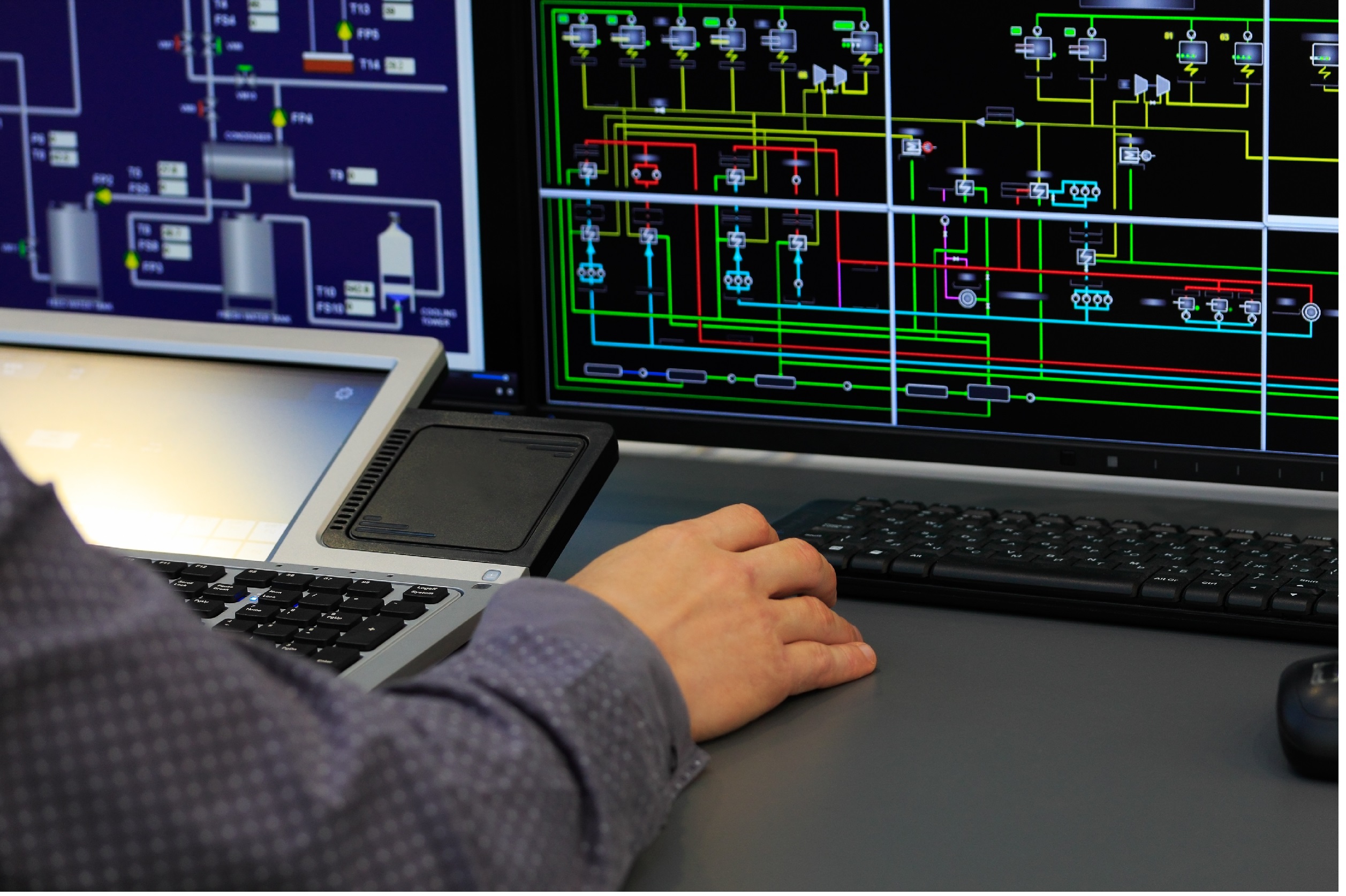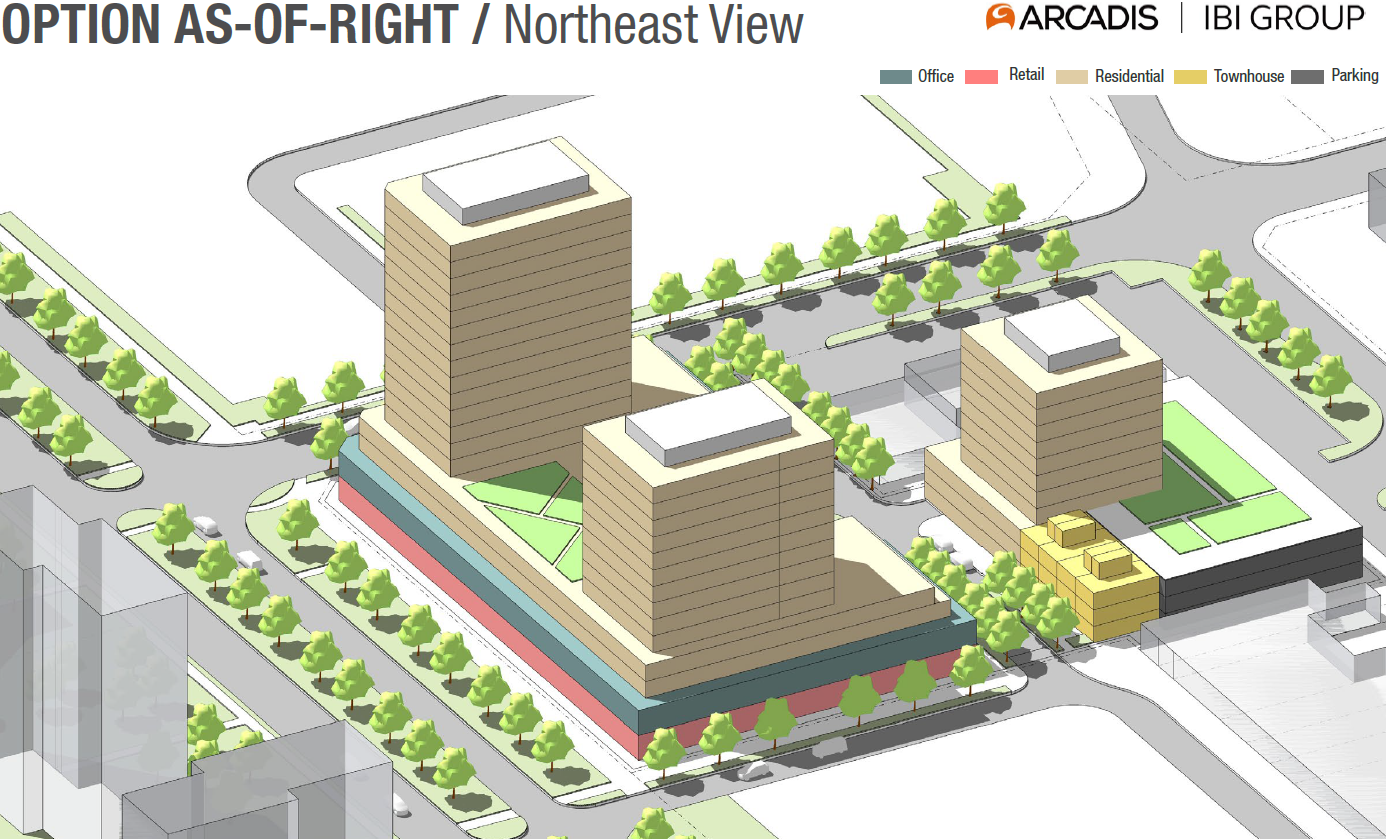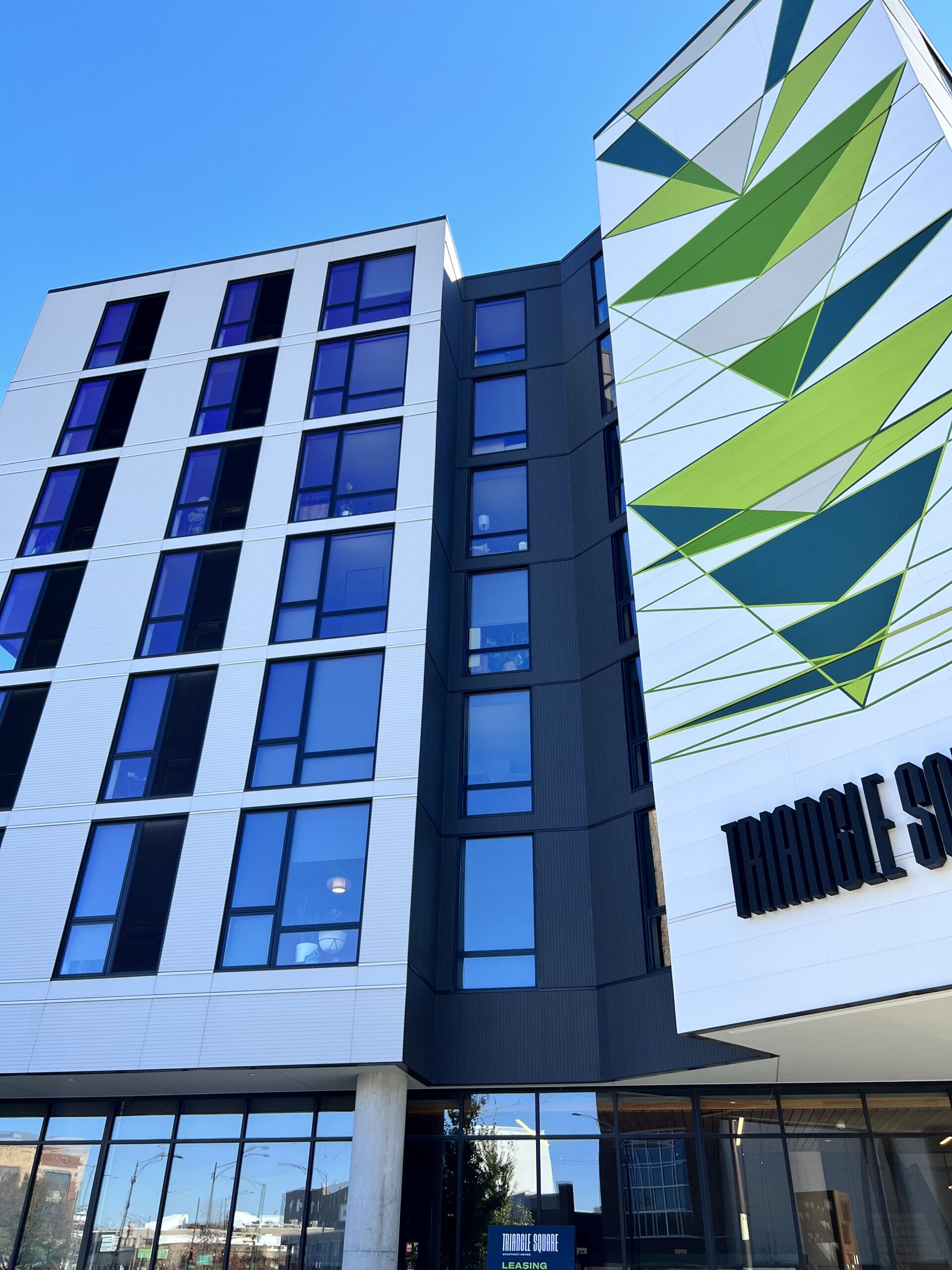
Ontario is growing by leaps and bounds. Millions of people will be added to the population in the years ahead, especially in Toronto and the GTA. They all have one thing in common — they’ll need somewhere to live.
For this to work, we need to build housing. Lots of it. And fast.
The problem will not be solved with low-rise sprawl or high-rise concentration. Mid-rise apartments, however, could help alleviate Ontario’s housing woes. These we’ll define as non-combustible buildings, between four and ten storeys tall, suitable for cities and towns.
For them to work as a housing solution, one key element needs to be solved: the building envelope, particularly the facade.
This article shows how rain screen facade construction with lower fenestration suits building requirements and solves the problems of Ontario’s mid-rise industry.
Balcony and window wall designs, which come with high fenestration, are popular in mid-rise but need improvement. They are resolved by lower amounts of fenestration and rain screen facade techniques.
The current technology is balconies, window walls, and precast concrete.
Sometimes metal panel accents, sometimes EIFS in place of precast. Sometimes brick, or brick in precast.
In other words: building designs with very high percentages of glass.
These designs often have better thermal performance, high solar heat gain, thermally bridged balconies, higher maintenance costs, and could be more visually undifferentiated.
Beauty is in the eye of the beholder, but it doesn’t take an educated eye to see that they are very similar. We’re also told they can be an unpredictable investment for owners.
Interestingly, I’ve discussed with architects that when code is driving down fenestration, their choices for facades suddenly explode.
Rainscreen cladding systems bring buildings up to code, provide visual flair and can have zero maintenance their entire lifespan.
This is an excellent time to say we don’t have to invent anything new here. This has already been done elsewhere, including other areas of Canada.
Investor uncertainty can be eradicated if we know how facades will perform.
And with rain-screen cladding systems, we do.
They must be central to the mid-rise conversation from the beginning.

Balconies & All Glass Window Walls
One of the mid-rise’s biggest problems is all-glass window walls.
I’ve put them together with balconies because once balconies are built, something has to be constructed between the slabs from the inside.
Window walls, or in some cases, simple sliding glass doors, have become the norm.
Window walls are popular because they are cheap and considered stylish.
However, they’re terrible for insulation.
Windows let in heat in the summer and are drafty in the winter. They only make sense during brief shoulder seasons when you can open them up.
Maintenance and cleaning are difficult, and the gaskets will likely fail over time.
The balconies themselves are also a problem.
Balconies are thermal bridges which suck heat from the building. They can cause cold spots on the interior wall. This can be uncomfortable, but cold air also creates condensation, leading to other problems.
Furthermore, the aesthetic impact of balconies & window walls has led to visual repetition.
Glass offers no differentiation: only solid walls will.
If we drop the percentage of glass and maybe build fewer or smaller balconies, what will take up the space they leave behind?
Rain screen Facades
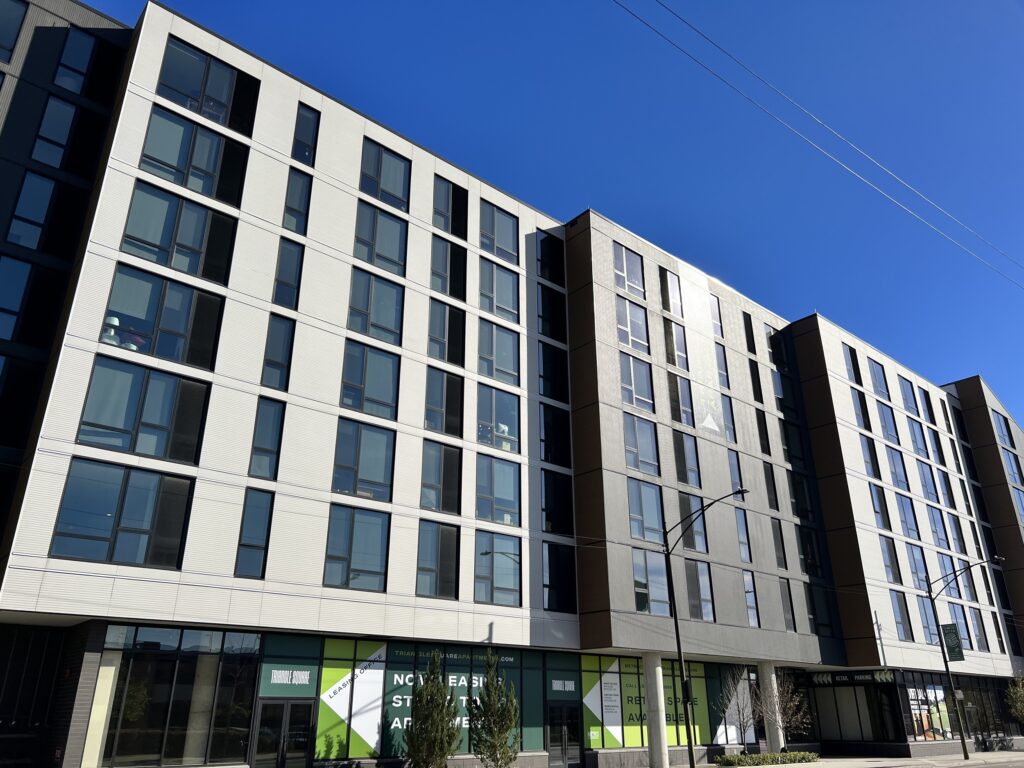
What is a rainscreen facade?
Starting from the outside, rain screen facades use a thin layer of cladding of almost any material, an air gap, a thermally broken subsystem with insulation, and appropriate air, vapour and moisture membranes to protect a building.
Installation can happen in many ways:
- They can be built on site between slabs using industry-standard steel stud assemblies.
- They can be attached to steel stud prefab wall systems on site.
- They can be built in a factory with integrated steel stud solutions, then hung off the slab edge to be drywall ready (these are not well suited to balconies, so another reason not to have so many).
- They can be built to work with modular construction
Let’s discuss the issues and how rain screen alleviates them.
Earlier, I talked about performance. But is performance becoming more objective with codes like the Toronto Green Standard?
Rainscreen’s thermal layer can be as deep as you want and works within changing codes.
The TGS calls for lower fenestration percentages, and rain screens are usually designed with higher performance punch windows. They have no gaskets exposed to the elements, which risk failure or require maintenance.
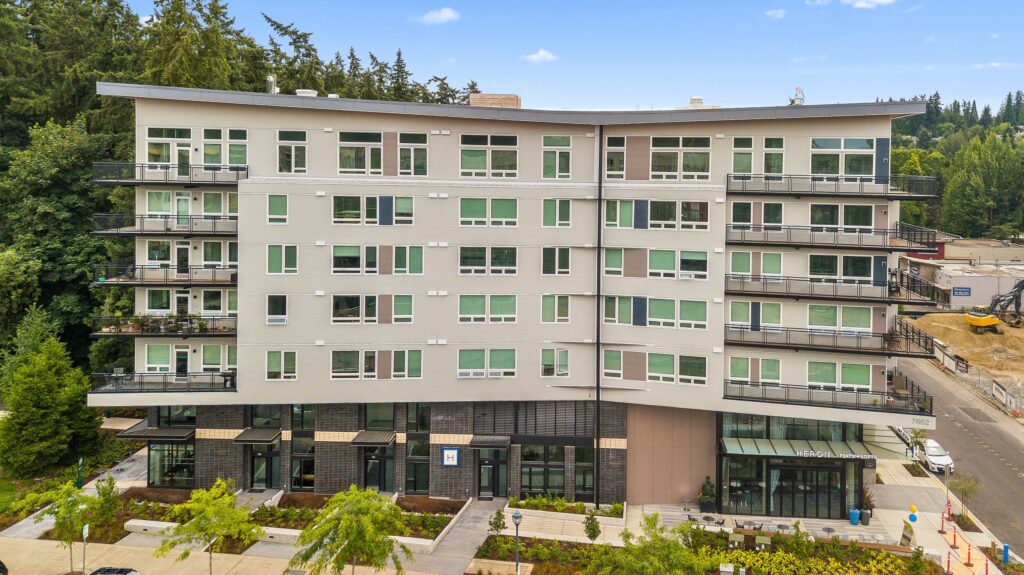
Another concern: won’t maintenance cost a fortune for owners and investors?
Most of the cladding (the outside skin) technologies require zero maintenance. The rest of the system does not have anything exposed to the elements to fail.
Finally: how do we make buildings stand out visually?
Rainscreen cladding opens a treasure chest of aesthetic differentiation. Fibre cement, terracotta, phenolics and FRP, metals, unique metals, perforations, artwork, GFRC, some woods, brick rain screens…the list goes on and on.
In addition, more choice brings economic benefits with a broader range of price points.
It’s a win-win across the board.
Building concerns, alongside the pressures of the housing crisis and rising population, generate fear in investors.
But the solutions offered by rain screen facades should be cause for excitement.
I know the architects are noticing. There is great potential for change in Ontario’s mid-rise industry.
Now we just have to take the leap.


